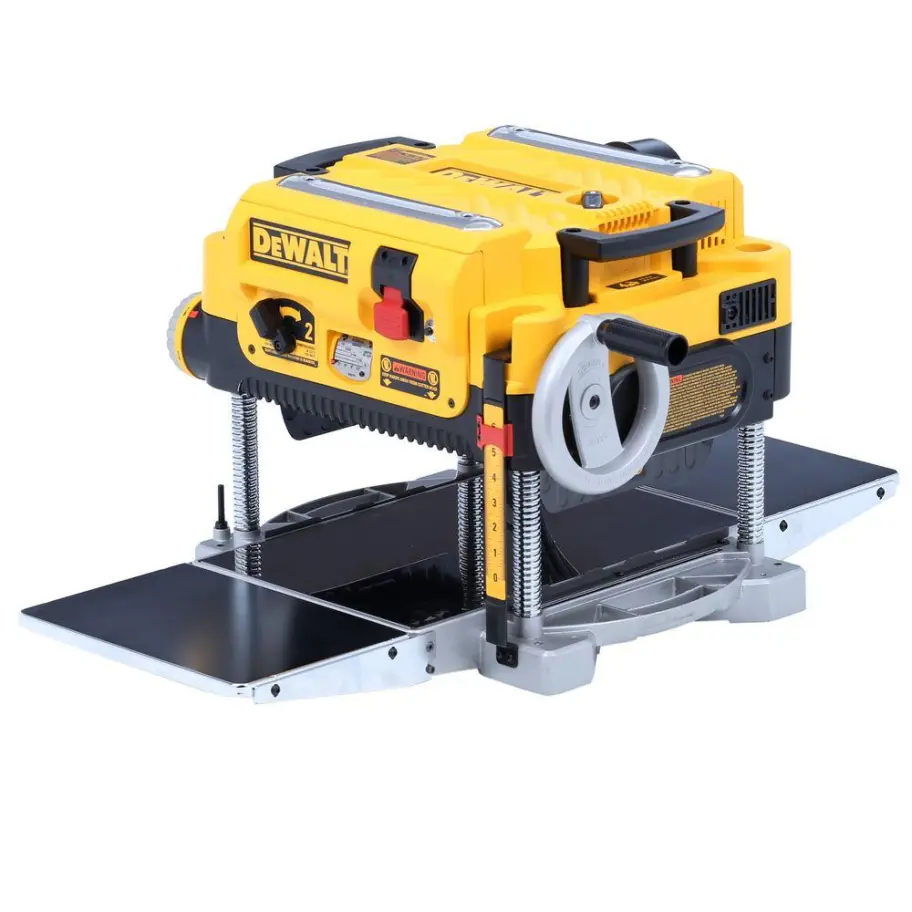Avoid planing wood contains nails, staples, rocks, or other foreign objects which will damage the cutter head blades. Construction lumber often contains staples, and reclaimed wood often contains nails, staples, and rocks. You are responsible for replacing blades if you damage them.
Do NOT plane old painted surfaces as they may contain lead.
Avoid planing finished materials. It is preferable to sand or cut off the finish first to avoid gumming up the planer.
